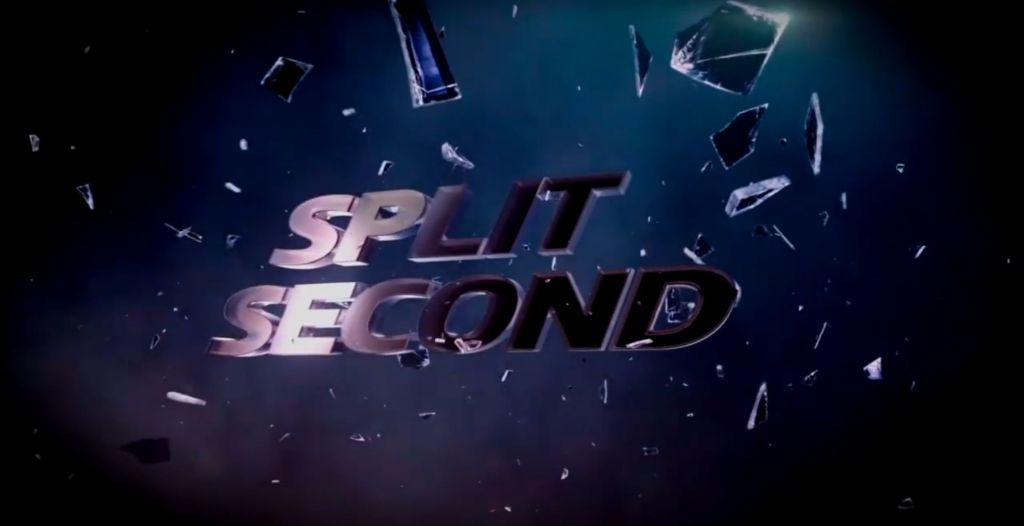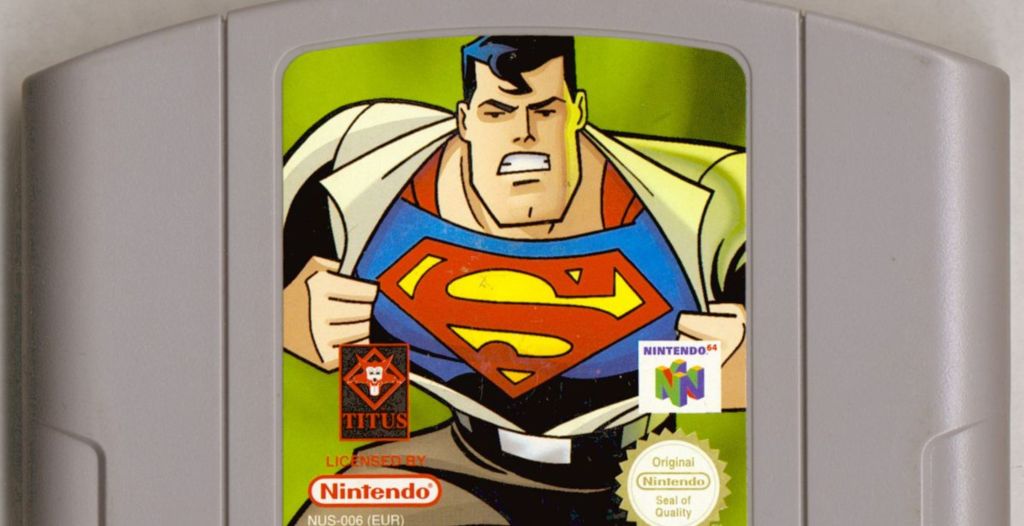The last twelve pictures on my phone are photos I’ve taken of my PS4 screen—not screencaps, mind, but tiny sections on the screen where codes, or possible codes, are scrawled. My notes are filled with letters and numbers and code words. Not since Fez—where I kept a tiny notebook by my controller to hand-decode the glyph language—have I gotten this into finding all the secrets a game has for me, purposefully hidden and teased, sometimes, in plain sight.
That is the kind of feverish reaction Asemblance: Oversight has inspired in me, and I suspect this sequel to 2016’s exploration-puzzler Asemblance will do the same for the types of players who live for this kind of semi-obfuscated puzzle experience.
Videos by VICE
In the original, as here, you played as a sort of investigator of memories, exploring 3D reconstructions of them, looking for the answer to a mystery with the help of an AI companion. Or maybe you were really a scientist, building a machine to recreate memories in a simulation. Or the experimental subject from whom those memories came from. Or all of the above.
Either way, the action plays out the same: You explore these recreated memories: surreal landscapes, creepy houses, offices with paperwork and audio cues leading way to puzzles and paths forward. It was dreamy and powerful, and it makes sense in the same way memories actually do: They’re fuzzy around the edges and prone to corruption. And it had super-secret endings about the true nature of the proceedings.
Asemblance: Oversight continues the concept, and takes place in some of the same locations and memories. There’s a sort of “base”—a lab, with a stern, Cold War-era terminal, and a room decked out very much like the holodeck from the Star Treks from the 80s and beyond: When not in use, it’s a dark room with a neon grid, full of sci-fi possibility. A chipper AI guides you through your early explorations, keeping “management” at bay while you poke around, piecing clues together and progressing through the game’s sometimes-abstract, increasingly wild environments.

After the first couple of possible endings, much of it is purposely obfuscated, with techno-babble and glitch effects and sometimes fully abstract 3D compositions creating layer after layer of atmosphere to sift through and drift among. Early on, there are simple puzzles gating progress: An object or voice sample might let you gain access to a new area in a fairly straightforward way, giving you a code, or flashlight to access a dark area. But later, the pleasure of the game comes from messing with the variables themselves.
What happens when you “shift” the color scheme or lighting of the game and change the environment? Or focus on that object on the horizon? I’m being vague as to avoid spoilers, but there are plenty of things to mess with and see what happens.
The game can be quite exciting: When I first got ahold of a new piece of information or variable to try, or opened a new area, my heart was pounding. Progress! In the endgame, for as long as you can take it, you’ll knock your head against the game, trying increasingly weird things to tease out clues, then, in a flash, you’ll open up new possibilities with a rush of adrenaline.
In between, it can be peaceful and meditative. At one point, I shifted to a pixelated otherworldly environment, put the controller down, and basked in the chill music for a few minutes. I watched the trees and clouds and shadows blow in the wind. Playing Oversight took me to another place, whether I was trying to figure out wtf was going on, or thoroughly enjoying the fact that I had no clue, really. And that was ok.

Until, of course, I started to hunger for more progress.
The thrust of the story, this time around, piques that hunger much more effectively. Where the first game centered on a family tragedy that bordered, perhaps, on the cliched, what’s here is much more intriguing. The ingredients here make a tasty brew, with elements of corporate malfeasance, Cold War conspiracy theory, the allure of ridiculous high-tech neuroscience, space travel, and a whiff of extraterrestrial exoticism. That’s what I can gather, at least from the handful endings I’ve discovered so far, and I’m itching for more.
I think the reason why a lot of folks liked Asemblance, and why it became a minor streaming phenomenon a couple of years back, is the stream-friendly collective intelligence aspect of solving the game’s bigger puzzles. Much like PT in 2014, it took many people, playing with many variables, to find the “true” ending and the secret endings, and this stuff is catnip for some folks.
I resist at first, preferring the subtext to the meta-text. To get lost in all the environments. But then, I find myself looking up after hours of looking at the art assets for any tiny change—I was convinced for a bit that some scuff marks on a cabinet were a clear sign that something had been moved to hide an important secret. I can’t help myself: I need to track down message boards and read theories and watch the first fledgling streams of folks looking for the deepest secrets and now I’m in it.
I’ve gotten a few of the “very rare” trophies thus far. And I’m eying the ultra-rare mantle that so far shows 0.0% of PS4 players have yet found. I’m not in the race to get it first, mind you. But lord knows I’ll be paying attention when the game’s most arcane secrets are plumbed.
More
From VICE
-

Screenshot: Disney Interactive Studios -

Screenshot: Nintendo -

Screenshot: Titus Interactive -

Screenshot: YouTube/Lacry
